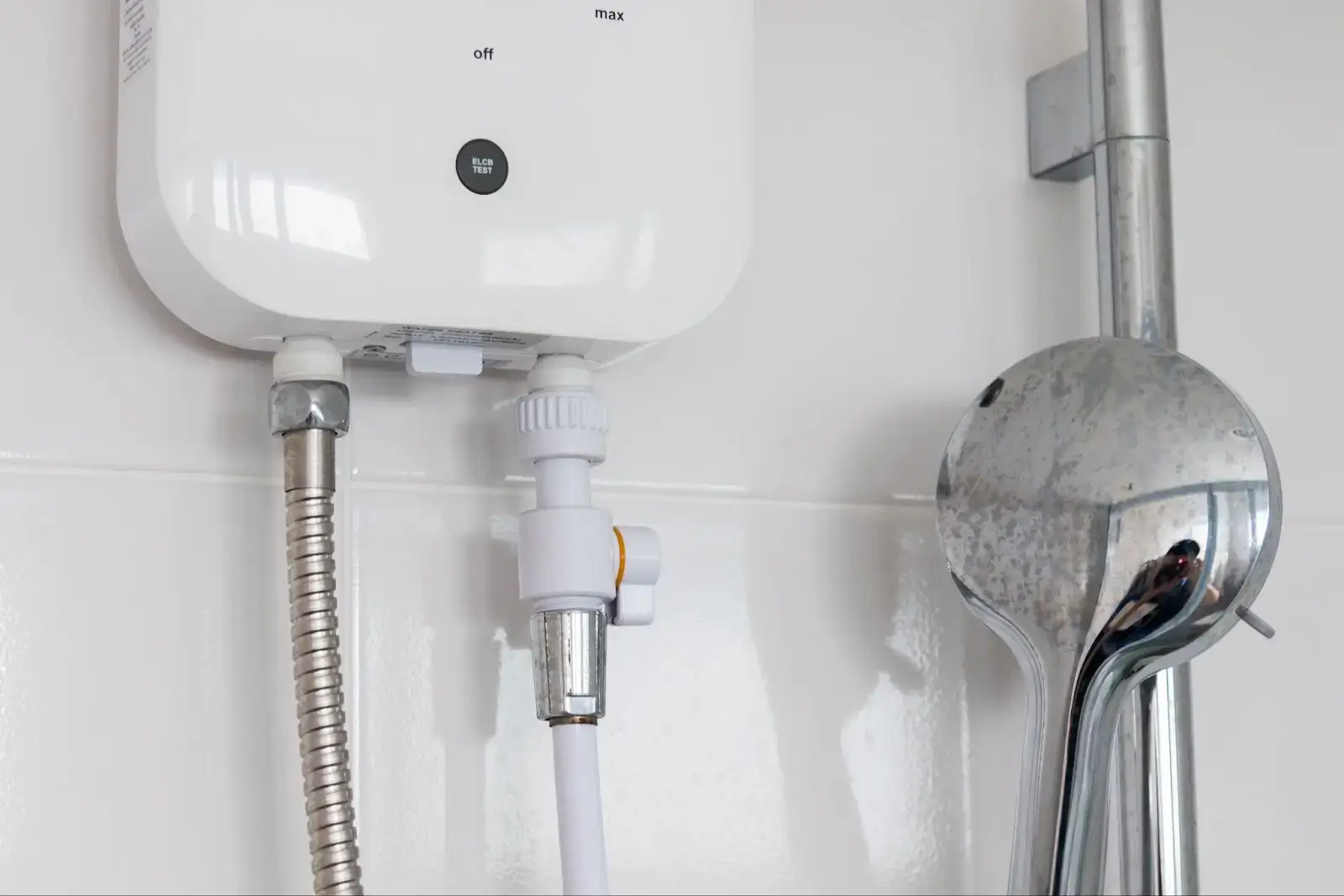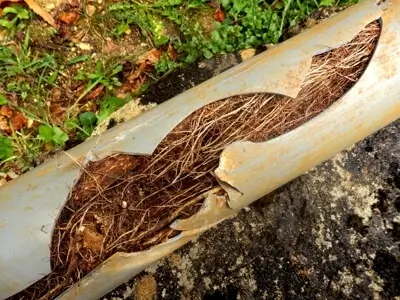Get To Know the History of Central Heating
When it comes to household heating, the only thing most homeowners know for sure is that when they turn up the thermostat, the furnace kicks on. But there's a lot more to learn about central heating systems. If homeowners participated in a speed dating event with their heating system, the "getting to know you" questions might be pretty interesting.
Homeowners can get to know the heating system by exploring the answers to these three frequently asked questions.
Did the Romans Invent Central Heating?
In short, yes. The ancient Romans were the first in human history to use underfloor heating, a form of central heating. They invented the hypocaust system, which used a large fire and a system of wall flues to heat a space under the floor. They raised the floor about two feet onto pillars made of stone, brick, or concrete. Slaves fed the fire and cleaned the furnace.
Hypocaust systems were mostly found in bathhouses or very affluent villas. The heat from these systems was not always even and consistent, but the technology was very innovative for the time. The Romans can be credited with inspiring modern central heating systems.
Who Invented the Modern Radiator?
Radiators produce heat via heat transfer. There are several types of radiators, but today's residential buildings are usually cast iron and employ tubes of liquid to disperse heat.
A Russian inventor and entrepreneur, Franz San Galli is most often credited with inventing the modern radiator in 1855. His resume included renovating the heating system in the Imperial greenhouses of Tsarskoye Selo. He received a patent for his radiator (which he called a "hot box") in 1857. However, he was not the first to use the term 'radiator' to describe a heating device.
In 1841, American Joseph Nason developed a primitive radiator and was awarded numerous U.S. patents for hot water and steam heating. His invention of tapered pipe threads was particularly influential in creating the radiator. One could say that both Galli and Nason were the forefathers of the modern radiator as we know it today.
How Did the Thermostat Come To Be?
The thermostat was patented in 1830 by Scottish chemist Andrew Ure. Previous to the rise of the thermostat, buildings were heated with fireplaces or stoves that required wood or coal and had to be continuously monitored and maintained. Ure's invention used metallic materials that could bend according to temperature.
However, this invention was not immediately useful. Then, in 1883, American inventor Warren Johnson devised an electric thermometer that would notify groundskeepers of when it was time to adjust the furnace.
Two years later, in 1885, Swiss inventor Albert Butz created a thermostat that could detect the temperature and allow it to be adjusted using a system of pulleys that opened and closed the furnace door. This was just the beginning of the automatic thermostat, which evolved throughout the industrial revolution and soon became an integral part of central heating systems.
Get To Know Sunset Heating & Cooling
A top-rated HVAC company in Portland, OR, Sunset Heating & Cooling has been in business for almost 100 years. Not only is Sunset Heating & Cooling known for its prompt service and quality workmanship, but they also have a reputation for giving back to their community. Contact them to schedule heating service today!
Distribution Links +
- wicz.com
- wdfxfox34.com
- ktvn.com
- wboc.com
- snntv.com
- rfdtv.com
- wfmj.com
- htv10.tv
- central.newschannelnebraska.com
- metro.newschannelnebraska.com
- southeast.newschannelnebraska.com
- midplains.newschannelnebraska.com
- northeast.newschannelnebraska.com
- plattevalley.newschannelnebraska.com
- panhandle.newschannelnebraska.com
- rivercountry.newschannelnebraska.com
- wrde.com
- wpgxfox28.com
- lifestyle.mykmlk.com
- wtnzfox43.com
- lifestyle.3wzfm.com












